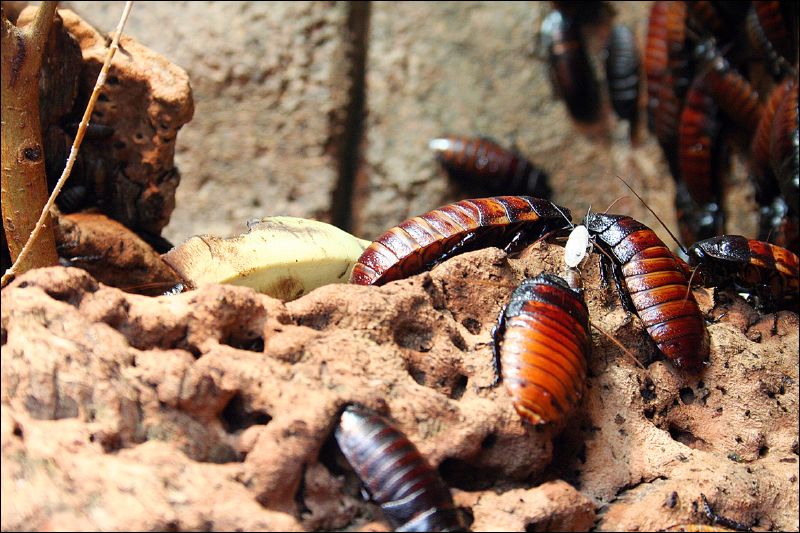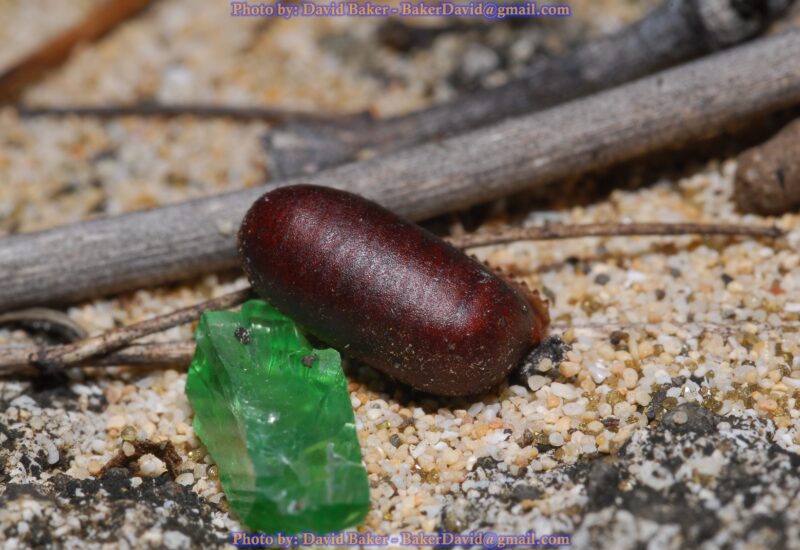German Cockroaches: Designed for Survival
These insects have been around for centuries. They can adapt to almost any environment. They will eat anything considered food. They are one of nature’s ultimate success stories. But these nifty biological characteristics also make them a force to be reckoned with when it comes to pest management. Do you know what they are?
They are German Cockroaches.
The German Cockroach is known for being a professional “hitchhiker” because they will get into anything, even traveling home with you in your grocery bag. These insects will seek shelter in cracks and crevices, the perfect environment to do what they do best, multiply. The female cockroach carries her eggs in a yellowish brown sac or ootheca under her abdomen until they are ready to hatch. There are 30 to 48 eggs per capsule. They have the shortest period of development among cockroach species before becoming sexually mature, usually within 45 days, which is why their populations can explode in favorable conditions. Once she drops her ootheca, the next one begins to form within a couple weeks. The female only needs to mate once to lay all the egg she can in her lifetime. In addition to being able to quickly multiply, German Cockroaches are very adaptable to their circumstances and will do whatever they need to do to survive, even eating their own young.
Add to these facts the latest information researchers in North Carolina discovered and revealed in the journal Science. The study demonstrates the ability German Cockroaches have adapted to avoid baits that have been designed to eliminate them. The development of baits was a previous breakthrough for the pest management industry as we continue to reduce our use of certain pesticides. Even then, Dr. Austin M. Frishman, who was instrumental in the creation of the first baits, made it clear that his bet was on the insect. This recent study confirms Dr. Frishman’s statement on the cockroach’s ability to adapt to changes in its environment. They have found that some cockroaches have adjusted their defense against certain sweet-tasting baits by switching their internal chemistry so that any sweet food will taste bitter.
Another interesting fact from the work of the North Carolina researchers, the behavior of the cockroaches was inherited and not learned. Rather than having taste buds, the insects have taste hairs on many parts of their bodies. They focused their attention on the hairs around the mouth as well as on the nerve cells that allow the roach to sense taste and trigger electrical impulses to the brain. When something sweet attaches to the detector that should indicate that the substance is sweet, but the detector tells the brain it is bitter and vice versa. This, in turn, triggers the avoidance behavior in the cockroach. The researchers are still trying to determine what has caused the change in molecules that detect bitter substances to be sensitive to glucose.
To a bug guy like me this is cool stuff, but not all that surprising. I’ve been handling German Cockroaches for decades and am well aware of their ability to adapt. At Catseye Pest Control, we do not rely on bait to get rid of cockroaches. Our cockroach treatment includes using a vacuum to suck up pockets of roaches before applying materials that will eliminate any insects not caught in the vacuum. We then seal any cracks and crevices where cockroaches may go to hide. Bait is then used as a monitoring and maintenance tool to prevent another big outbreak.
So, the next time someone says to you they only saw a single cockroach, just advise them that they are all married and have plenty of children. Which is why they have been “designed for survival.”






